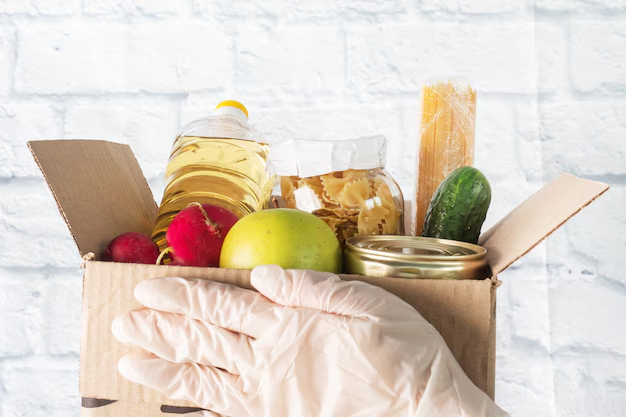Ready to Change Lives? Here’s How to Start a Food Bank
In an era where community empowerment is crucial, starting a food bank can be a transformative way to make a tangible difference. But how do you navigate the logistics, financials, and community engagement necessary to turn this vision into reality? Here’s a succinct guide to get you started.
Understand the Need and Define Your Mission
Before diving in, research your community's needs. Connect with local charities, community centers, and existing food distribution services to gather data. This will help you understand the scope of hunger in your area and define your food bank’s mission. Clearly articulating your mission will drive your strategy and engage stakeholders.
Assemble a Dedicated Team
A food bank's success hinges on a passionate and diversified team. Recruit volunteers, staff, and board members who are committed to the cause. Each member should bring valuable skills—whether in logistics, finance, community outreach, or food services. A strong team ensures that the food bank operates smoothly and efficiently.
Secure a Location and Infrastructure
Your facility should be accessible to both donors and recipients. It must comply with local zoning laws, health regulations, and safety codes. Look for spaces that can house food storage areas, office space, and sometimes a distribution area for clients. Consider partnerships with local businesses or churches to minimize costs.
Fund Your Food Bank
Starting a food bank requires substantial financial resources. Begin with foundational funding through grants, donations, and crowdfunding. Explore government aid programs and collaborations with larger food distribution networks. Establish a sustainable fundraising strategy to ensure ongoing operation funds.
Create Partnerships with Food Suppliers
Forge relationships with local grocery stores, farmers, and restaurants to secure a steady influx of food donations. Collaborate with well-established food banks and national non-profits like Feeding America to access larger distribution networks. Strong partnerships with food suppliers are critical for a reliable food supply.
Develop an Effective Distribution Plan
Your distribution plan should address all logistical aspects, including sourcing, storage, and delivery. Implement a tracking system to monitor food needs and inventory levels. Organize regular food drives and community events to foster involvement and resource sharing. Make sure your distribution methods uphold dignity and respect for food recipients.
Promote Community Engagement and Awareness
Engage local media, schools, and community groups through outreach campaigns. Holding educational workshops about food security can raise awareness and inspire additional community support. A visible presence not only raises necessary funds but also creates a network of advocates for your food bank.
Navigating Financial Assistance and Resources
Starting a food bank is not just about feeding the hungry; it's an opportunity to tap into a myriad of resources intended to promote economic stability within the community. Here are some key financial tools and programs to assist those involved:
- Government Aid Programs: Look into the USDA’s TEFAP (The Emergency Food Assistance Program) for essential supplies.
- Non-Profit Grants: Seek funding from philanthropic organizations dedicated to ending hunger.
- Local and National Partnerships: Collaborate with existing networks to access larger funding pools and training resources.
- Fundraising Initiatives: Utilize online platforms for crowdfunding and campaign donations.
Starting a food bank is a remarkable path to impacting lives and reducing food insecurity. Equipped with the right strategy, team, and resources, your organization can pave the way for sustainable community support.
Financial and Educational Resources 🎯
- USDA’s TEFAP: Provides essential food supplies
- Foundation Grants: Network with organizations like Feeding America for financial support
- Local Grant Opportunities: Check for community-specific options
- Crowdfunding Platforms: Kickstarter, GoFundMe
- Community Partnerships: Link with churches, schools, and local businesses
- Educational Workshops: Host events to raise food security awareness
